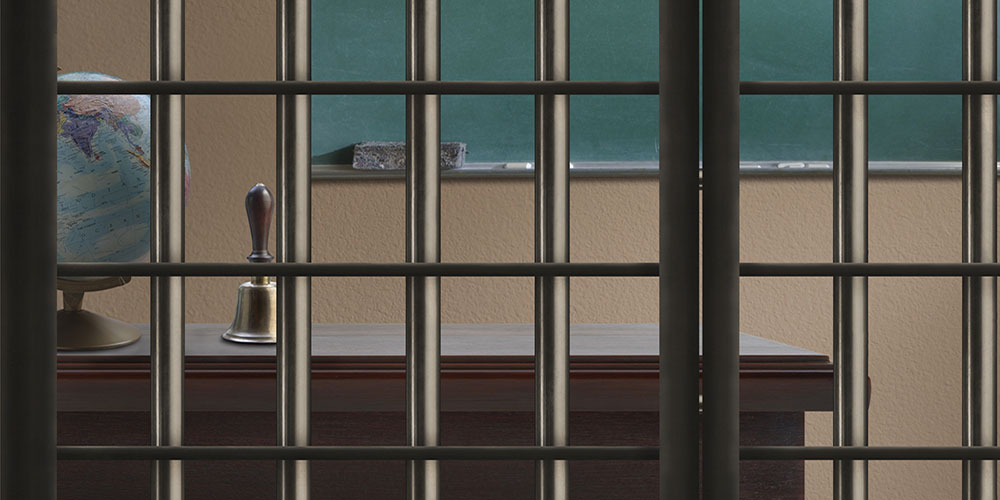A new report released by ACLU Nebraska questions the state’s school police programs and the potential effects on the school-to-prison pipeline.
“From the Classroom to the Courtroom: A Review of Nebraska’s School Police Programs” was directed by the expansion of school police programs following recent school shooting tragedies.
It was conducted in the summer and fall of 2018 using open records requests to an estimated 40 school districts and 20 law enforcement agencies in the state.
Overall, the study’s findings show school resource officers’ responsibilities in Nebraska schools significantly vary and most schools don’t properly track students’ arrests or referrals to the criminal justice system, potentially fueling the school-to-prison pipeline.
The study’s key findings include:
- During the 2015-2016 school year, 1,502 students in Nebraska public schools with school police were referred to law enforcement by their school
- 34 of Nebraska’s 250 school districts have established a permanent police presence
- 31 of the 34 districts have memorandums of understanding but most lack specific procedures
- 56 percent of Nebraska school districts who responded to the open records requests do not require a parent to be notified when their child is questioned about an incident at school
The study also included findings from the Office of Civil Rights, including the fact that black students are more than twice as likely as white students to be arrested at school, and while students with disabilities make up 12 percent of public schools, they account for 28 percent of arrests and referrals to law enforcement.
Of the 34 school districts that have a permanent police presence, only six were able to provide the breakdown of law enforcement referrals by students’ race and disability.
In particular, the breakdown of Lincoln Public Schools stood out to the study’s authors. During the 2015-2016 school year, while only 33 percent of LPS enrollment was students of color, they represented 70 percent of those referred to law enforcement, reports the Lincoln Journal Star. And while 16 percent of LPS students have a disability, they represented 51 percent of law enforcement referrals.
“Far too often, these well-intentioned programs can have troubling consequences. As a result of having a permanent police presence in schools, children are far more likely to be subject to school-based arrests for disciplinary matters, than they were a generation ago,” said Rose Godinez, ACLU Nebraska’s legal counsel. “A school-based arrest is the quickest route from the classroom to the courthouse.”
Some incidents that were referred to a school resource officer included one student spitting on another student, two brothers yelling and cussing at each other, and one student egging another’s car.
Instead of “school hardening”, the Nebraska chapter recommends “positive alternatives to exclusionary punishments” to improve student safety.
It also recommends police receive de-escalation training and only enter schools to address public safety threats.













